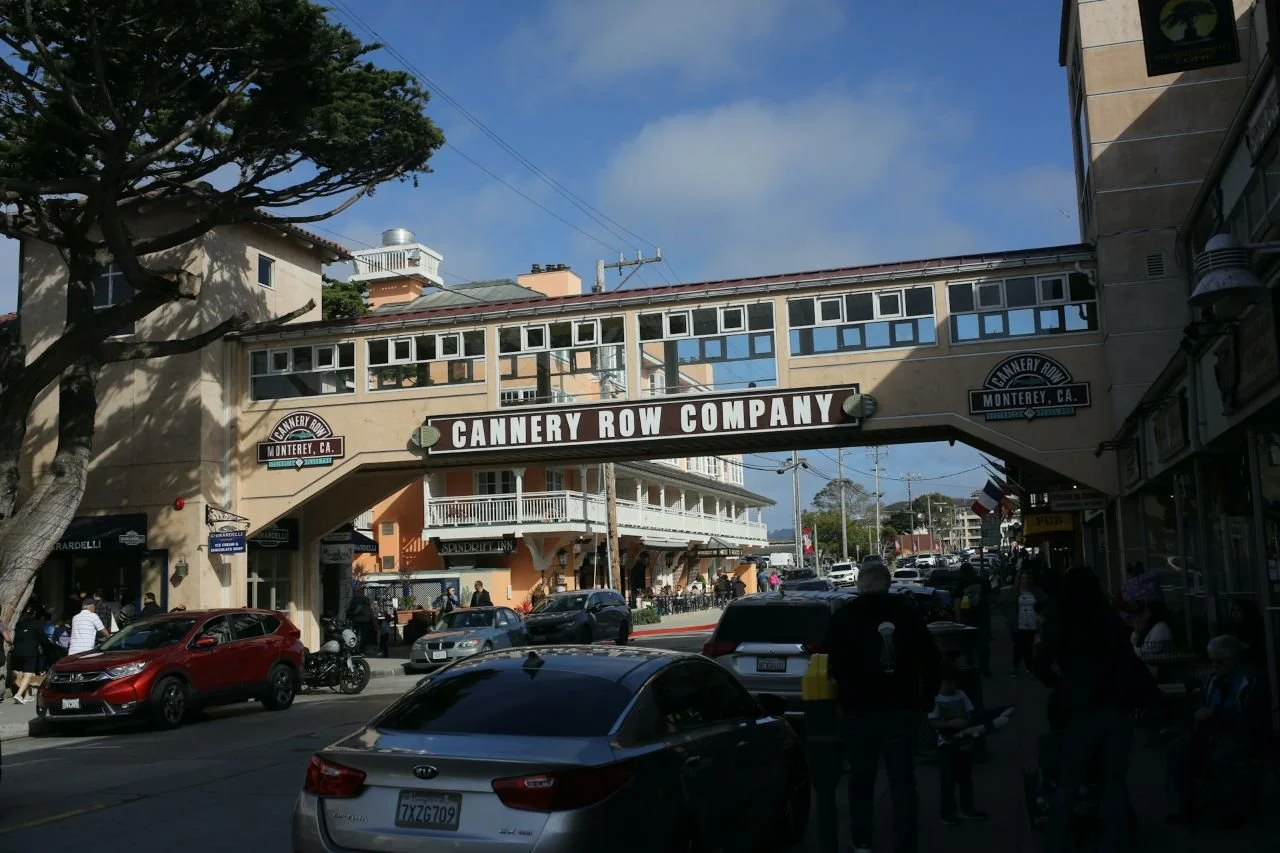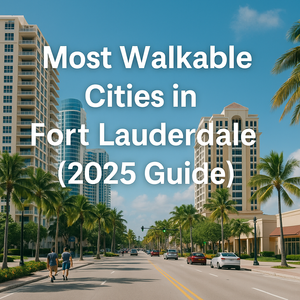Second Homes and the Local Squeeze: The Economics of Monterey as a Luxury Getaway
Monterey is known for its rocky shoreline, famous aquarium, and calm pace of life. In recent years, it has also become a magnet for second-home buyers seeking coastal views and weekend retreats. This demand has reshaped the city’s image as a luxury getaway while creating new pressures for those who live and work there year-round. The economics of Monterey reveal the sharp contrast between visitors with wealth and locals facing rising costs. Second homes, short-term rentals, and shifting services highlight how a dream destination can bring both gain and strain. In this article, you’ll see how luxury living and local realities collide in one of California’s most celebrated coastal towns.
The Allure of Monterey for Second-Home Buyers
Monterey’s coast, mild weather, and ocean views make it a favorite for those seeking more than a short vacation. Cultural draws like Cannery Row, the aquarium, and nearby golf courses add to its charm. Many buyers from San Francisco and Silicon Valley treat it as a weekend retreat within easy reach.
Lifestyle also drives the appeal. Monterey offers slower days, outdoor activities, and a food and wine scene built around seafood and fresh produce. For many, that combination outweighs the higher costs, keeping the city on the map for second-home buyers.
If you are thinking about relocating to Monterey, there are some things to know before you decide. Homes near the water carry steep prices, and competition for listings is strong. Still, the investment often feels worthwhile since values hold steady with continued interest from both local and international buyers.
Monterey’s dining scene features fresh seafood, highlighting the region’s coastal charm.
How Second Homes Shape the Housing Market
High demand from second-home buyers has pushed Monterey’s home prices sharply upward. Waterfront properties and charming cottages often sell for far above local averages. For residents looking to buy, this means competing with wealthier buyers who can pay cash or bid aggressively.
Short-term rentals add another layer of pressure. Homes that could house year-round residents are often converted into vacation rentals, reducing the supply of affordable housing. The result is longer waiting lists for rentals and rising rents, leaving many locals struggling to stay close to work and community.
The trend also affects neighborhoods. Areas once filled with families are now dotted with seasonal homes, which can change the feel of a community. While second homes bring investment and attention, they also shift the balance, creating tension between local needs and outside demand.
Strain on Local Workers and Families
Rising home prices and limited rental options hit local workers the hardest. Teachers, nurses, and service staff often cannot afford to live near their jobs. Many face long commutes from more affordable towns, adding stress and reducing time with family. The city’s workforce struggles to keep up with the pace of housing costs driven by second-home buyers.
Families feel the squeeze too. Children may attend schools where classmates move frequently due to seasonal occupancy. Everyday life, from grocery shopping to healthcare access, becomes more challenging as neighborhoods shift toward wealthier, part-time residents. Even small businesses struggle to find employees who can afford local housing, creating ripple effects throughout the community.
Local Businesses: Boost or Burden on the Economics of Monterey?
Second-home owners and visitors bring extra spending to Monterey, which can be a big boost for local businesses. Restaurants, cafes, and boutique shops often see higher revenue, especially during peak seasons. This influx helps support some small enterprises that might otherwise struggle in a quieter coastal town.
However, the economics of Monterey show a more complicated picture. Seasonal visitors create unpredictable income, and businesses may prioritize luxury offerings over everyday needs. Wine bars and high-end eateries flourish, while affordable grocery stores and casual diners struggle to survive. This shift can change neighborhoods and make basic services harder to access for locals.
Some businesses try to balance both worlds, catering to tourists while serving residents. Grocery stores, hardware shops, and family-friendly cafes adapt with promotions or community events. Still, the tension between high-spending visitors and local needs is a daily challenge, showing how second homes shape the city’s economy.
Cannery Row is the main commercial street, where the economy of Monterey peaks in busy seasons.
The Cost of Living Ripple
The presence of second homes and luxury buyers affects more than just housing. Everyday goods and services in Monterey often carry higher prices, from groceries to dining out. Locals notice that shops and restaurants increasingly cater to wealthier visitors, which can push ordinary expenses beyond what many residents can comfortably afford.
This ripple effect extends to services and amenities. Healthcare, childcare, and transportation costs can rise as demand from higher-income households influences pricing. Even entertainment and leisure options shift toward premium offerings. These changes create a subtle but persistent squeeze, showing that the impact of second homes reaches far beyond property lines.
Efforts to Balance Growth and Community Needs
Monterey has been exploring ways to manage the pressure from second homes. Local debates focus on short-term rental regulations, with some rules limiting the number of nights a property can be rented. These measures aim to keep more housing available for year-round residents and stabilize neighborhoods.
Affordable housing initiatives are also underway. Programs target teachers, service workers, and young families, offering incentives or subsidies to help them stay in town. Some proposals include taxes on luxury properties to fund public projects. While progress is gradual, these steps show the community’s effort to balance tourism, investment, and local needs.
What This Means for You
If you’re visiting or considering a second home, your choices can make a difference, so pay attention to the economics of Monterey. Supporting local shops, restaurants, and services helps keep the community strong. Choosing businesses that employ locals or source products nearby can reduce some of the pressure that second homes create.
Being aware of the challenges residents face also matters. High demand affects housing, rentals, and everyday costs, even if it isn’t obvious at first. By spending thoughtfully and respecting neighborhoods, you can enjoy Monterey’s charm while contributing to a more balanced local economy.
upporting local businesses helps keep Monterey’s community strong.
Monterey’s Future: Can Both Worlds Coexist?
The economics of Monterey show that luxury second homes bring both opportunity and strain. While they attract investment, tourism, and visibility, they also reshape neighborhoods and challenge long-term residents. The city faces the ongoing task of balancing the needs of visitors with the well-being of those who call Monterey home year-round.
Looking ahead, solutions will require collaboration between homeowners, local businesses, and city leaders. Thoughtful policies, community engagement, and mindful spending can help both worlds thrive. Monterey’s future depends on maintaining its unique charm while making room for everyone who values living, working, and visiting there.
https://unsplash.com/photos/a-body-of-water-near-a-beach-with-houses-in-the-background-su1QT4nMX3Y
https://unsplash.com/photos/happy-birthday-to-you-neon-light-signage-ixNws9W7mTM
https://unsplash.com/photos/a-group-of-people-standing-on-the-side-of-a-road-JPIau8ha4SE
https://unsplash.com/photos/a-pink-building-with-a-sign-that-says-old-fishermans-wharf-wujLf5wknRo













